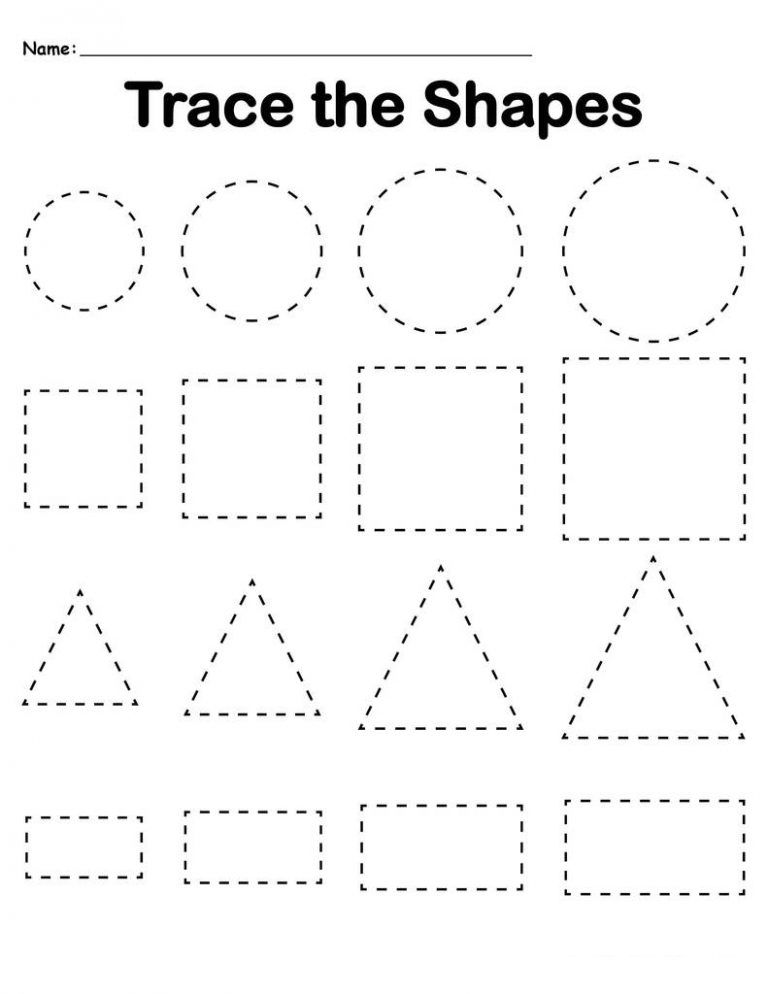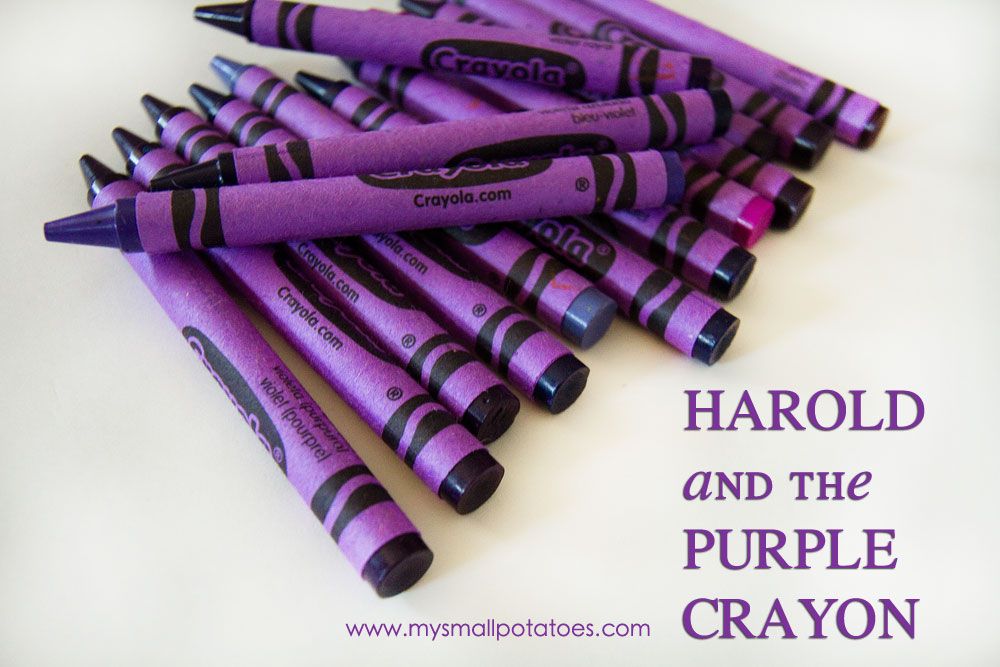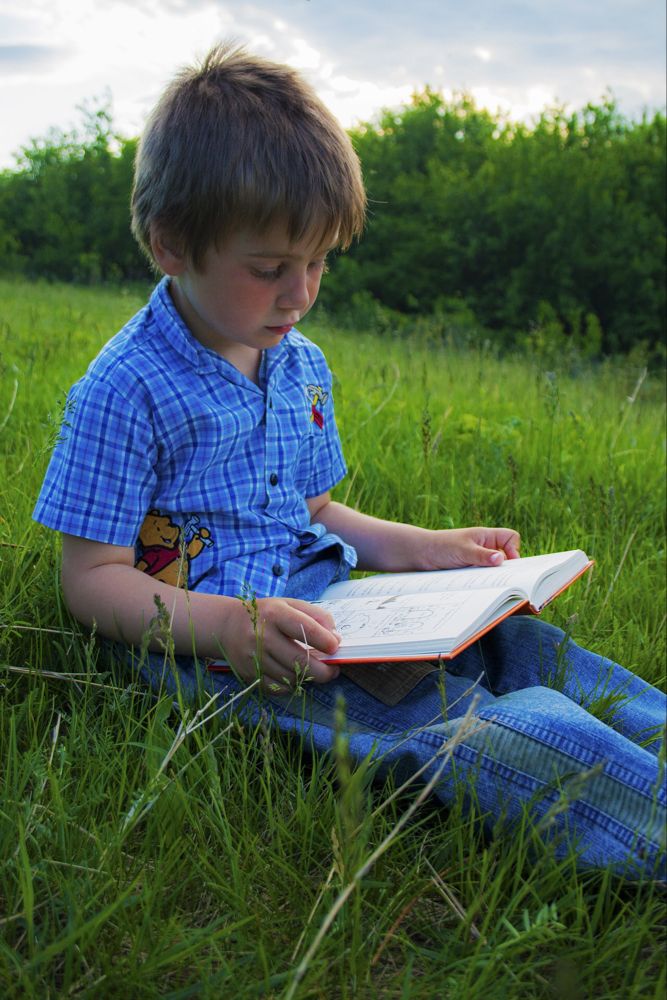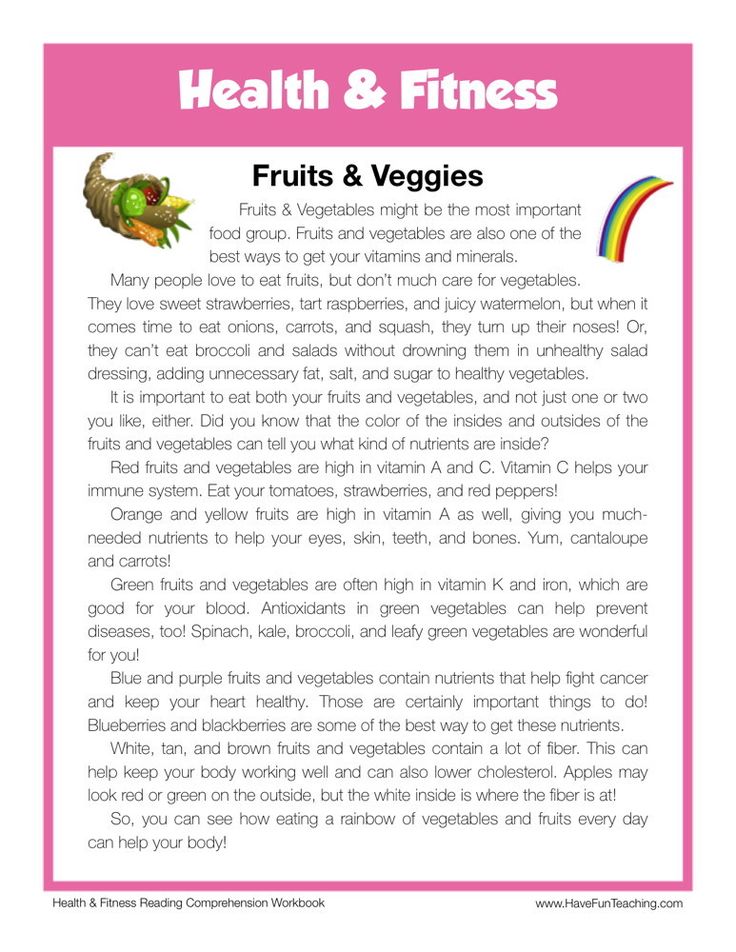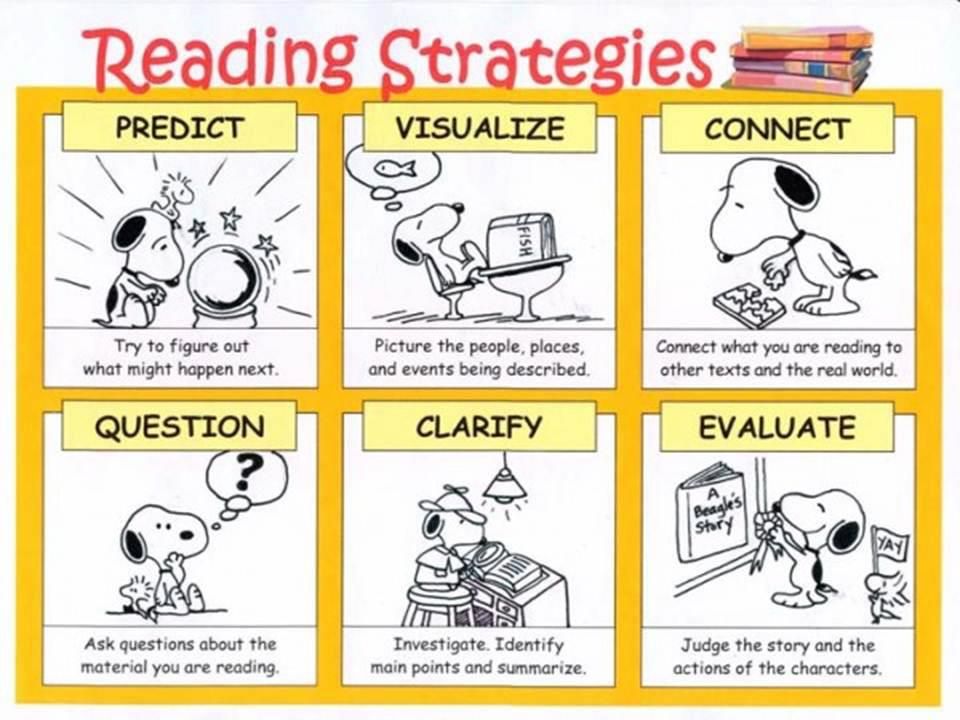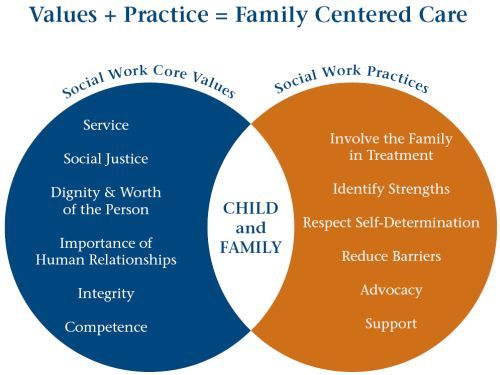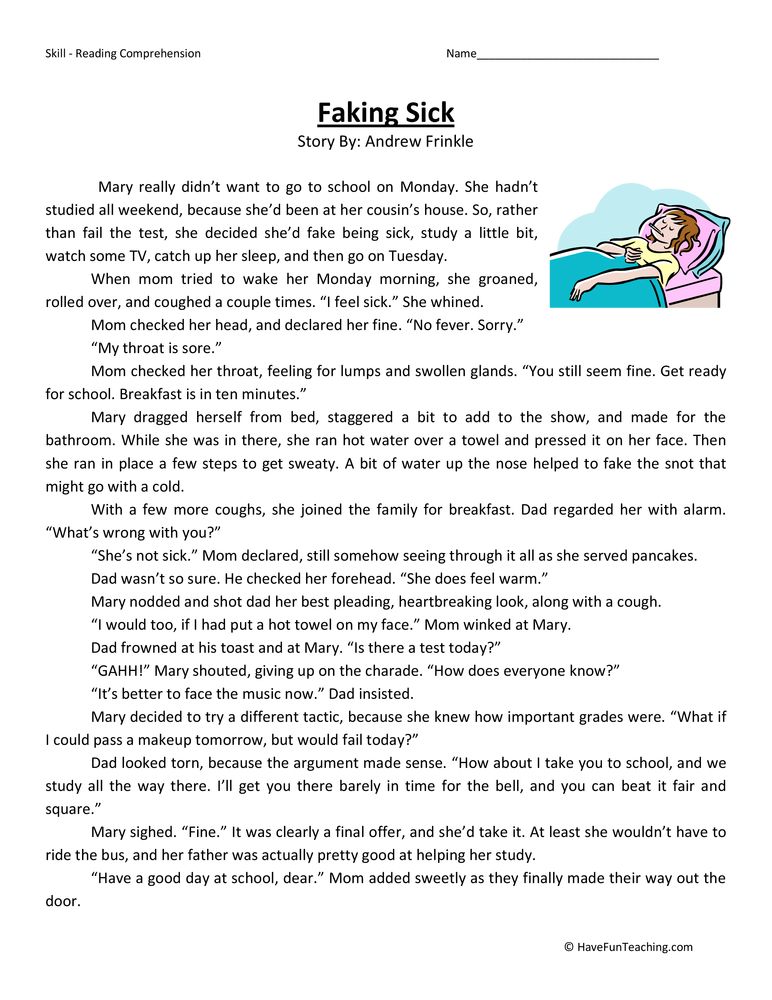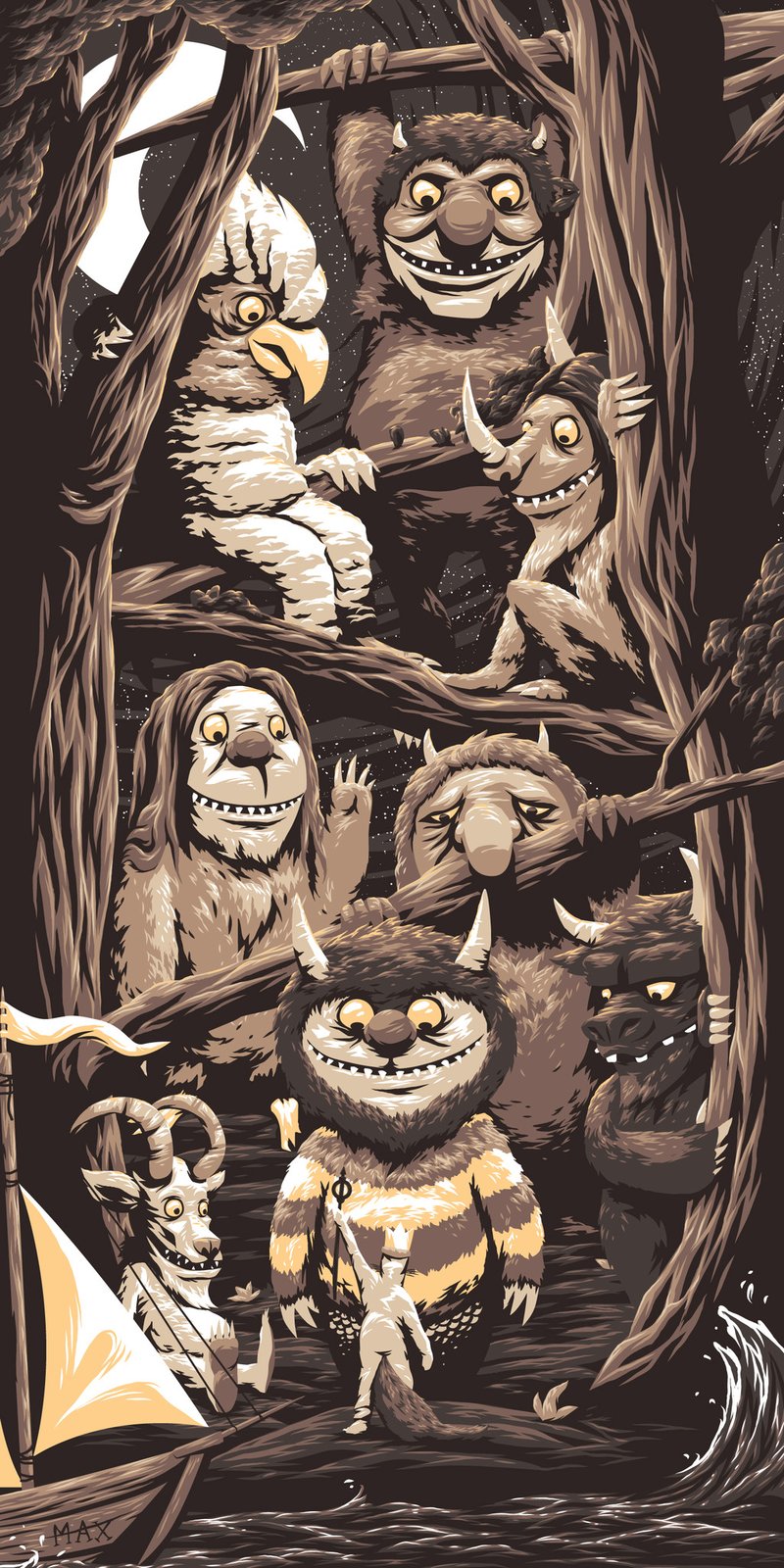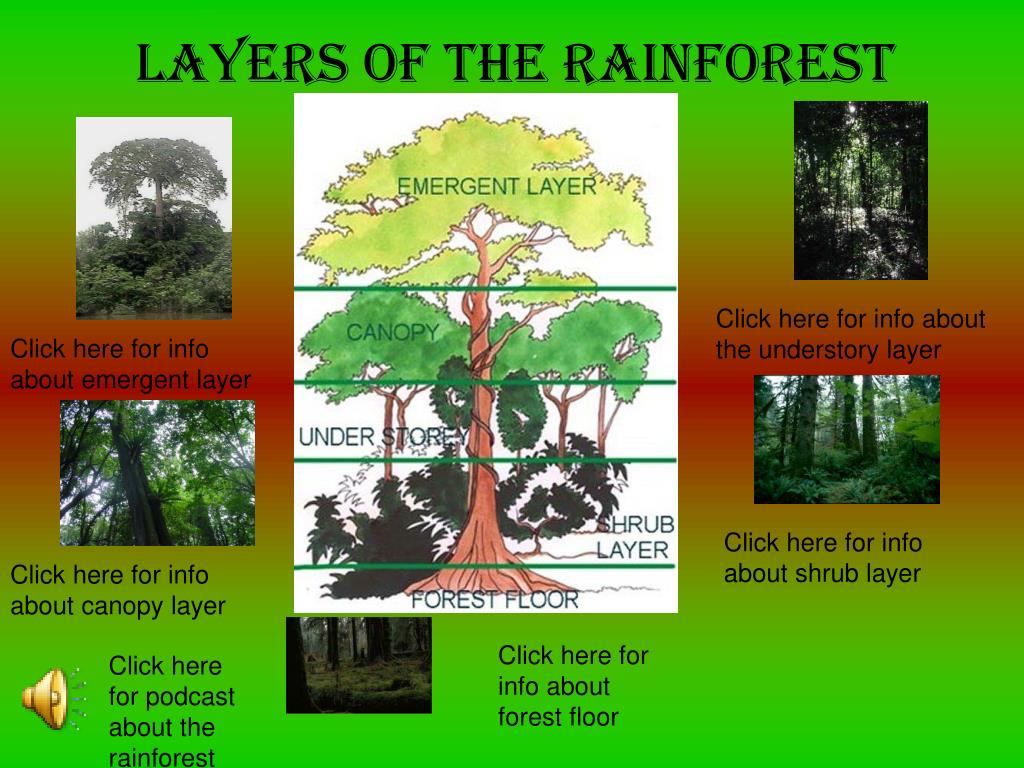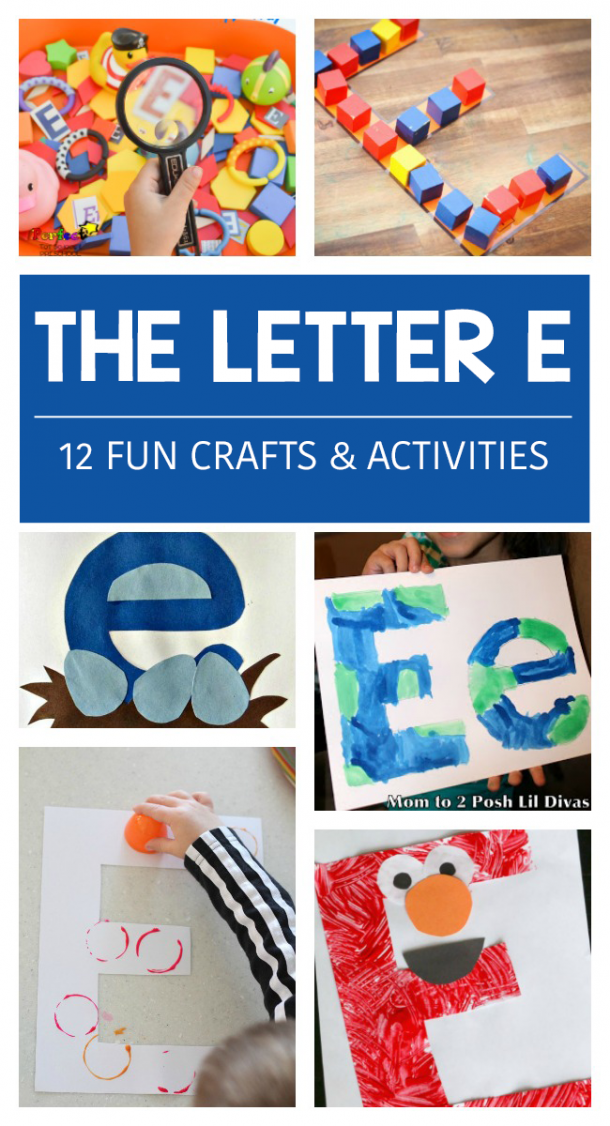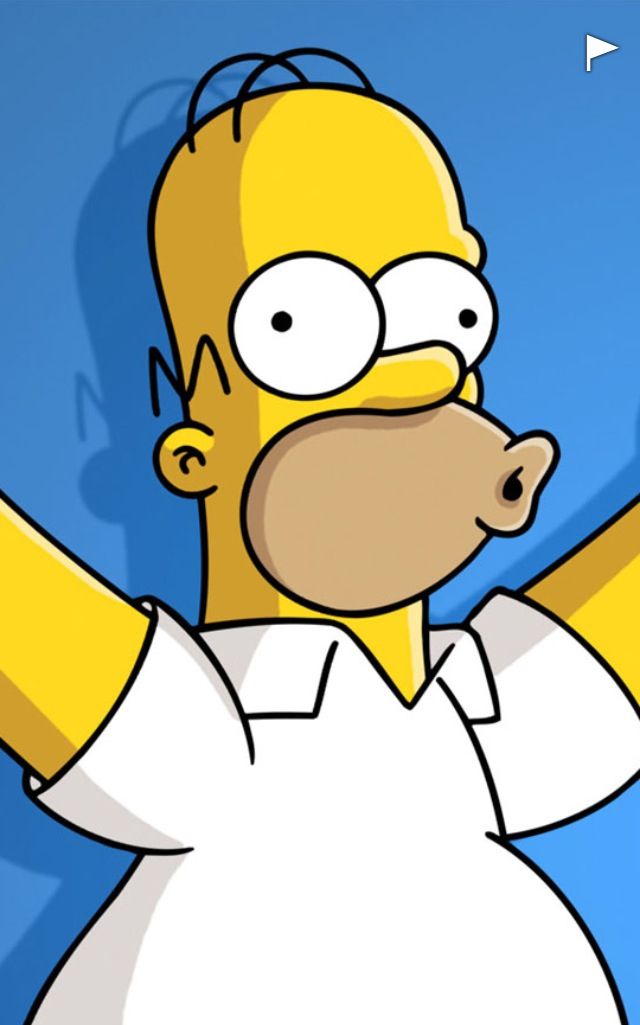Preschool circle shape activities
Teaching Circles to Toddlers and Preschoolers
You are here: Home / Shapes / Teaching Circles to Toddlers and Preschoolers
by Sheryl Cooper
Inside: These 15+ activities are great for teaching circles to preschoolers. Great for young toddlers who are just beginning to learn shapes!
Throughout the school year, we focus on different shapes with our little ones.
At the beginning of the year, our toddlers are still very young, so we like to keep things simple.
That’s why we start off with the circle as our first shape.
Circles are pretty easy for preschoolers to identify- they do not have to count any sides to know which shape it is.
And of course, the best way for them to remember the shape is by working with them hands-on to begin to recognize circles in their daily lives.
These 15+ easy circle activities help your toddlers and preschoolers learn how to recognize and create the shape of a circle.
👉 Scroll down to find free circles packet printable you can use with your toddlers and preschoolers!
Toddler Circle Art with Paper Tubes – Fun process art activity for stamping circles onto paper.
Spool Stamping – Recycle empty thread spools for stamping circles. Lots of action!
Circle Hunt – Add some large motor while inviting your toddlers to find hidden felt circles.
Color Matching Circles – Have toddlers fill in colorful circles with watercolors or markers to practice making the shape of a circle. (Playing House in Maryland)
Circle Suncatcher – Press circle shapes made of tissue paper onto a larger circle shape of clingwrap for a suncatcher full of circles. (Our Crafts N Things)
Easter Egg Circles – Stamp colorful circles onto the paper using the edges of easter eggs. (Buggy and Buddy)
Cereal Circles – Trace the shape of the circle using round cereal such as cheerios or fruit loops. (Everyday Chaos and Calm)
Trace and Color – Free coloring page for tracing and coloring in the circles.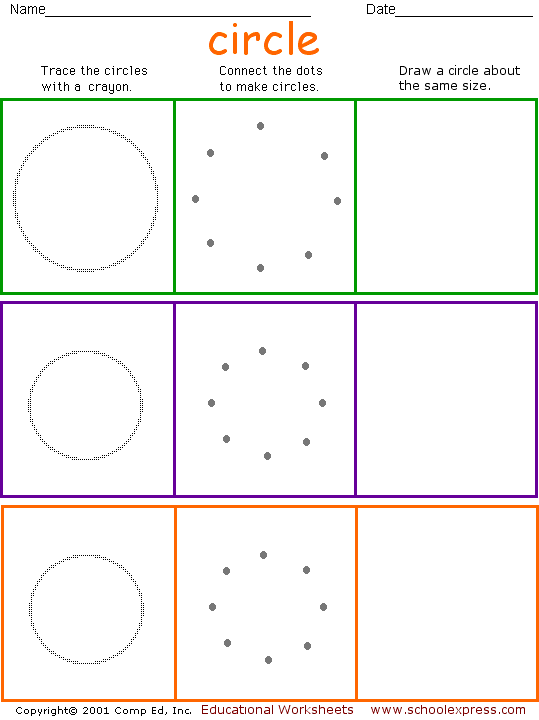 (Kidzone)
(Kidzone)
Circle Themed Sensory Bin – Create a sensory bin with all round items, such as cotton balls and buttons. (My Life of Travels and Adventures)
Q-Tip Painting – Free printable sheet for preschoolers to practice dotting the shape of a circle with paint and q-tips. (From ABCs to ACTs)
I Spy Shape Hunt – Have a shape hunt to find circles around the room. (Munchkins and Moms)
Playdough Mat Shapes – Print out these circle playdough mats for toddlers to practice making a circle with playdough. (Free Homeschool Deals)
Learning Shapes with Cars – Create a circle car track to practice tracing the shape of a circle. (Adventures and Play)
Car Color Match – Match the circle to the correct color of car with this printable. (Childcareland)
Circle Treasure Basket – Create a basket of circular objects for little hands to explore. (Play Adventures)
Velcro Block – Create a velcro block to stick and remove circles. (Memorizing the Moments)
Circle Lacing – Use shoelaces and a circular lacing card to practice lacing around the shape of a circle.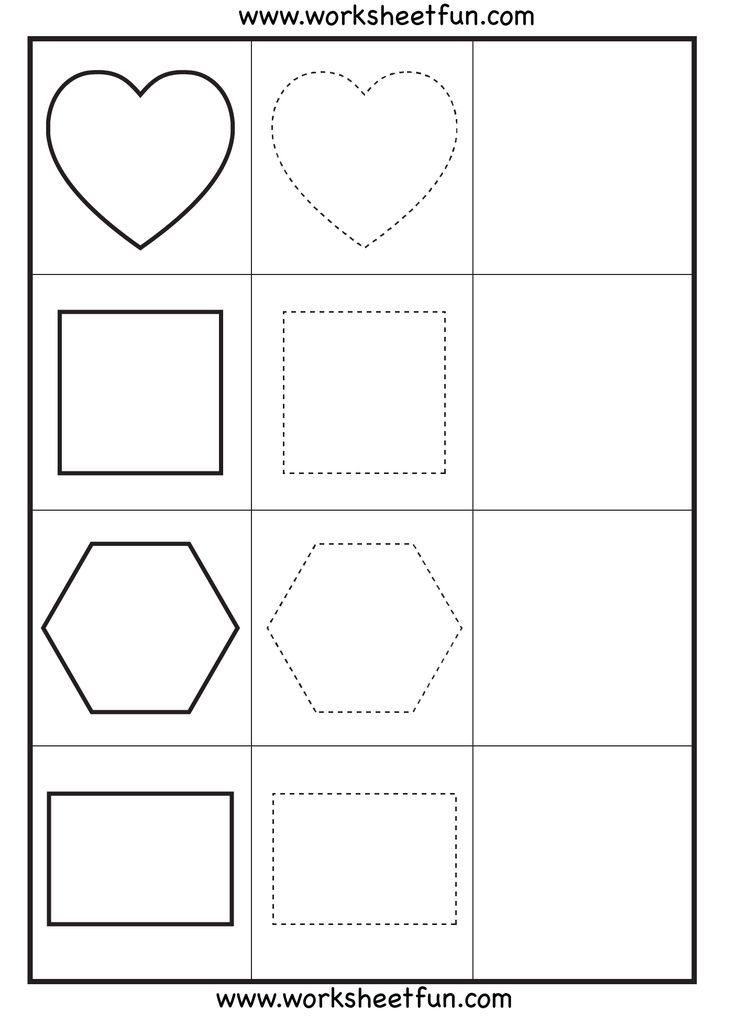 (My Life of Travels and Adventures)
(My Life of Travels and Adventures)
When teaching circles to your toddlers and preschoolers, what activities do you like to do?
Download this FREE packet when teaching circles to your toddlers and preschoolers:More shape activities:
How to Teach Shape Recognition to Preschoolers with Fun Activities
Learning about Squares
Learning Shapes in Preschool Using Toys
Shapes Fine Motor Activities
Now available: Shapes fine motor activities pack. Fun activities that work on building fine motor skills all with a shapes theme!
Prep once and use over and over again.
Contents
•Shapes Roll and Color – Dice and Printable
•Shape Cotton Swab Painting – 2 Options
•Shape Manipulative Printables – 9 Shapes
•Shape Tracing Cards – 16 Cards
•Shape Dot Marker Printables – 15 Options
•Shape Craft Sticks Task Cards – 8 Options
•Shape Play Dough Mats – 13 Options
58 Total Pages
Click Here for Download Information
FREE CIRCLE TIME PLANNER!
Get your FREE circle time planner as a gift when you subscribe to my free weekly newsletters.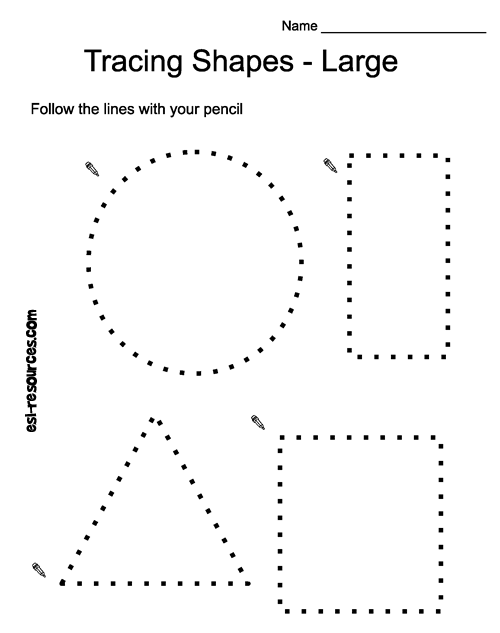
Here is my Privacy Policy
Filed Under: preschool, Shapes, Toddlers Tagged With: circles, preschool, printables, shapes, toddlers
About Sheryl Cooper
Sheryl Cooper is the founder of Teaching 2 and 3 Year Olds, a website full of activities for toddlers and preschoolers. She has been teaching this age group for over 20 years and loves to share her passion with teachers, parents, grandparents, and anyone with young children in their lives.
12 Learning Games About Circles for Young Kids
- Share
Teaching your kids about shapes and need some ideas for learning about circles?
The best way to teach young kids the early maths skill of shape recognition is to let them see, feel and experience shapes in a hands-on, concrete way.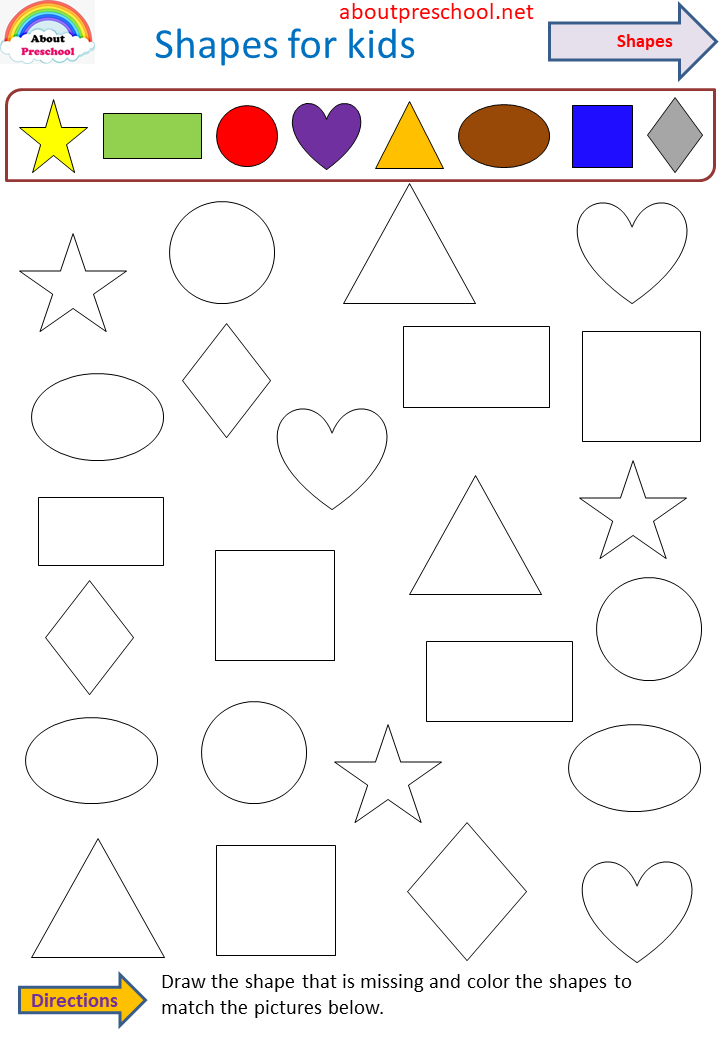 There is no better way than by learning through play.
There is no better way than by learning through play.
Try these fun games about circles with your preschoolers and kindergartners. They are suitable for home and school.
Some can be played with one child, others with a small or large group of kids.
1. Hide and Seek
Play a game of Hide and Seek with a twist.
Make paper or cardboard cut-outs of circles and hide them in the garden, house or classroom. Let kids search for them. Hide enough shapes so that everyone has a chance to find a few.
You can use the circles after the game for an art activity, such as pasting them onto paper to create a picture out of circles. Draw the details on with markers or crayons.
2. Find the Circles
For this game, instead of searching for hidden paper shapes, challenge kids to find items in their environment – the living room, classroom or garden – that have circular shapes.
Collect all the circular items and discuss them after the search. This is a great opportunity to teach children the vocabulary of shapes.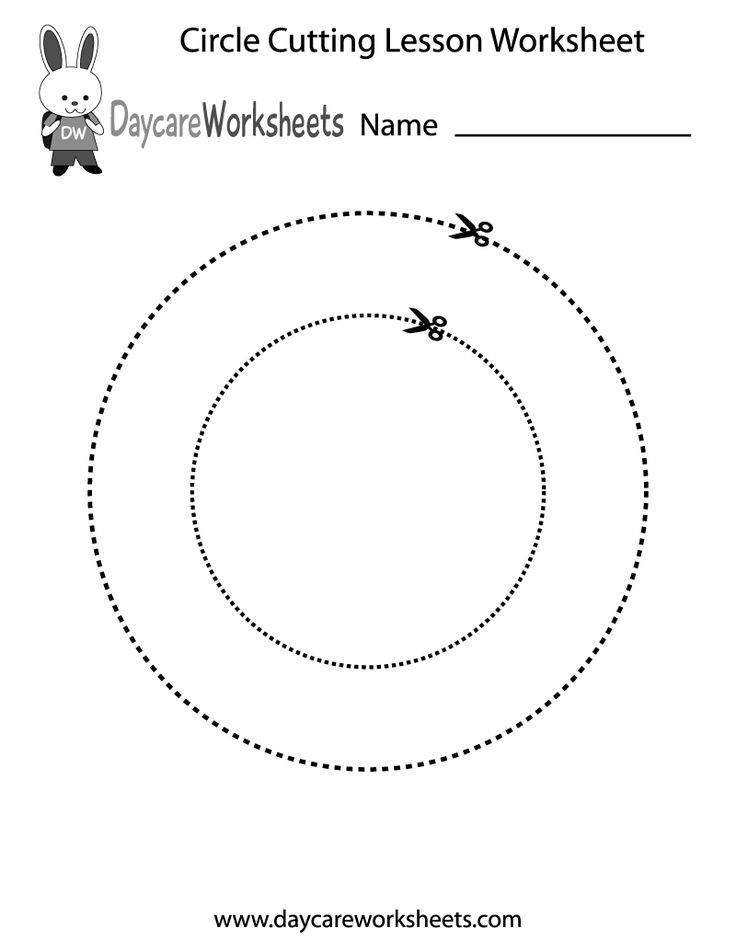
Here are examples of questions:
- What do you call a three-dimensional circle?
- Is this a circle or a sphere? (2D and 3D shapes)
- Does it have straight or curved edges?
- Is this item perfectly round?
- How many circular faces does this clock have?
- Is it flat?
3. I Spy A Circle
Play a game of I spy with my little eye, with circles.
Sitting in a circle, each child gets a turn to spot something in the room that has a circle shape on it. They must use descriptive language to give clues and let the others guess the object.
Here are some examples:
- I spy with my little eye a circle that…has hands on it and is used to tell the time.
- I spy with my little eye a circle that…is green and lives on a poster on the wall.
- I spy with my little eye a circle that…is purple and is on someone’s jacket.
For very young children, make up the clues yourself and keep them basic, as in the clues above.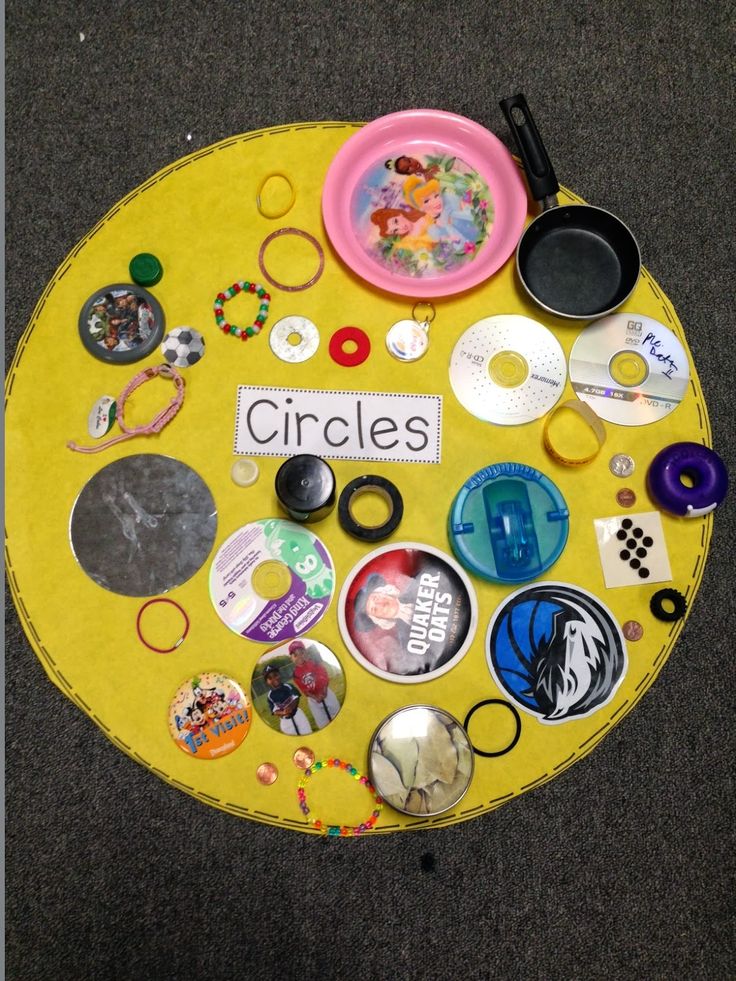
4. Musical Circles
For this variation of the classic game, play music as children dance about. When it stops, they must all quickly join hands and make a large circle together.
This is best played outdoors with a big group.
You could also split kids into smaller groups. When the music stops, they must find their group as quickly as possible and form a circle.
This is also a fun listening activity for kids.
Another way to play this game is to lay out large circles on the ground, one per person. Hula hoops work well for this activity.
When the music stops, each child must run and stand on/in a circle. A child who doesn’t get to a circle in time is out. Each round, one circle is removed until there is one winner left.
If playing with very young kids, there is no need to remove circles and have them go “out”. There is enough fun in trying to find a circle, without standing on one that’s already taken, or bumping into others.
This game is good for learning position in space.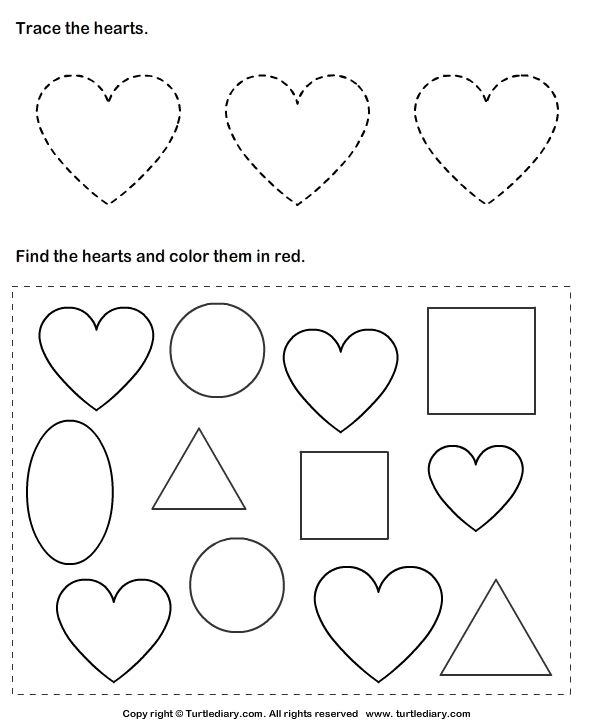
5. Body Circles
Teach kids to feel the shape of a circle with this movement activity.
Challenge them to form a circle with their body parts, such as their fingers, hands, legs, or their whole body.
They can also try to make a circle with a partner or a group of children. They will have to get creative to think of ways to do this.
6. Cross the River
Play a balancing game with kids where you pretend to cross a dangerous river.
Make large cutouts of various shapes, including circles. Tell kids that the circles are rocks that are safe to stand on. Assign objects to the other shapes – such as plants, water, crocodiles, etc.
Lay the shapes across a room, making sure to place the circles close enough together – but not in a straight line – with the other shapes in between them.
Kids must cross the river by making sure to step on rocks only. Get their imaginations going as they try to remember what they are stepping on and what they are trying to avoid.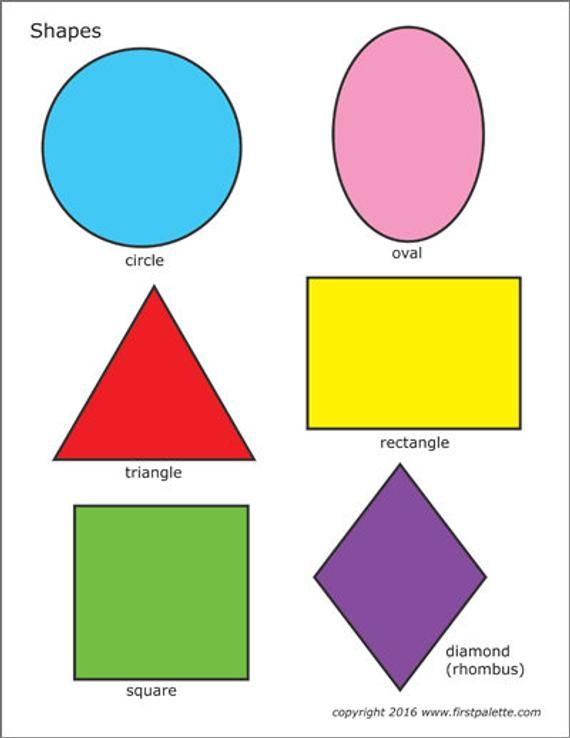
They might get wet if they accidentally step onto a rectangle (water) but the consequences will be greater if they step onto a crocodile (triangle).
This is a great way to build kids’ visual perception and shape recognition.
This is also something you can do with chalk. Draw the shapes on the paving in various colours and have kids cross the chalk river.
7. Circle Puzzles
Using construction paper/cardboard, make your own circle puzzles. Laminate them if possible to make them sturdy and long-lasting.
Cut them into any shapes and get kids to build them. Store each circle puzzle in a separate plastic bag.
They can be cut into shapes like a pie graph, random shapes, or classic jigsaw puzzle shapes, like in the picture below.
8. Matching Circles
Make different-sized and coloured circles out of paper or cardboard, then get kids to match them. They must be of identical size and colour to be a perfect match.
You can also turn this into a memory game for children by using small square cards and pasting circles on the other side in pairs of various sizes and colours.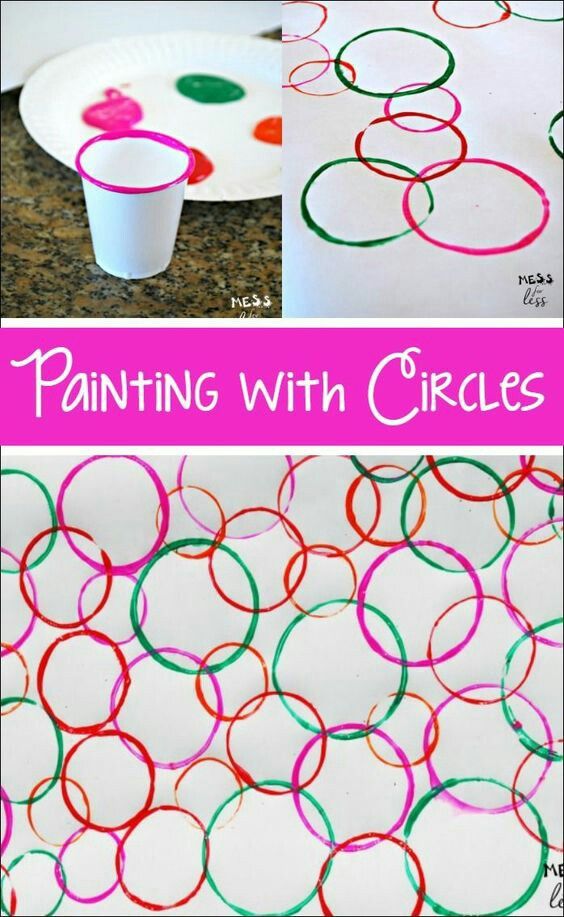
Kids take turns to turn over two cards at a time and if they match, they keep the pair. This is challenging as all the pictures are circles so make sure to only offer a few cards for younger kids.
9. Circular Hopscotch
Play a game of hopscotch, but instead of drawing the standard court, try this circular court. It will give children a real sense of the shape of a circle as they move around the formation.
This is how to play Hopscotch with a preschooler. You will need to adapt it slightly to play circular Hopscotch.
10. Circle Creation
Give kids a set of circle shapes each, with a variety of sizes and colours. Provide markers, scissors and glue sticks and ask them to think of something to create with their circles.
Try not to let them see what the other kids are making, then have a show-and-tell at the end where each child explains what they created.
11. Tic-Tac-Toe
Tic-tac-toe is a fun thinking game that can also be played in pairs to teach circles.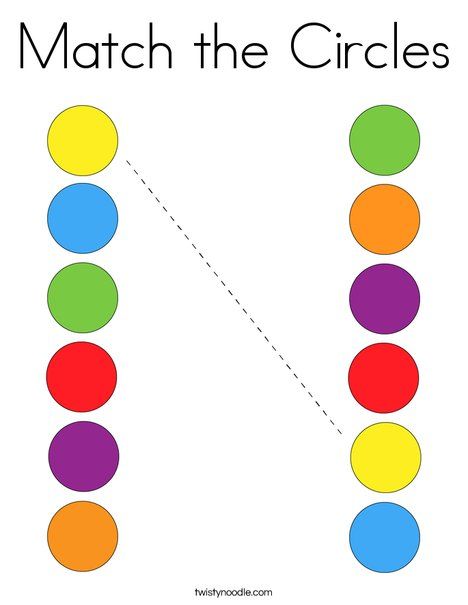
Instead of playing it with noughts and crosses, play a game of circles and triangles by cutting out sets of these shapes. One player will be triangles, the other will be circles.
12. Things That are Round
As a group, play a game where you think of as many things as possible that are round/have a circular shape. Think wider than the class or home, to include nature, the community, the world, and while you’re at it, the universe.
Here are some examples of circles around us:
- Wheels
- Clocks
- Balls
- Rings
- Planets
- Beads
- Meatballs
- The power button of a computer
- Cakes
- Plates
- Peas and other round vegetables
This kind of game will get kids to think a lot. Turn it into a challenge by making 2 teams and giving points for each new object they think of.
I hope you’ll enjoy these hands-on games for teaching circles!
Get FREE access to Printable Puzzles, Stories, Activity Packs and more!
Join Empowered Parents + and you’ll receive a downloadable set of printable puzzles, games and short stories, as well as the Learning Through Play Activity Pack which includes an entire year of activities for 3 to 6-year-olds.
Access is free forever.
Signing up for a free Grow account is fast and easy and will allow you to bookmark articles to read later, on this website as well as many websites worldwide that use Grow.
- Share
Method "Circle" - one of the forms of work for the development of children with disabilities
From birth, the child feels the need to communicate with other people. The child grows and this need increases. It is enough for a baby to communicate with parents and a narrow circle of relatives and friends. From the age of 2-3, the child tends to play with other children.
In interaction with peers, the child learns different forms and rules of behavior, learns to communicate with other children, achieve what he wants, and take into account the wishes of others. During general games, the development of the emotional-volitional, cognitive, and motor spheres takes place, the child learns to imitate others, masters new actions, games, the active and passive vocabulary increases, and the child's communication skills develop.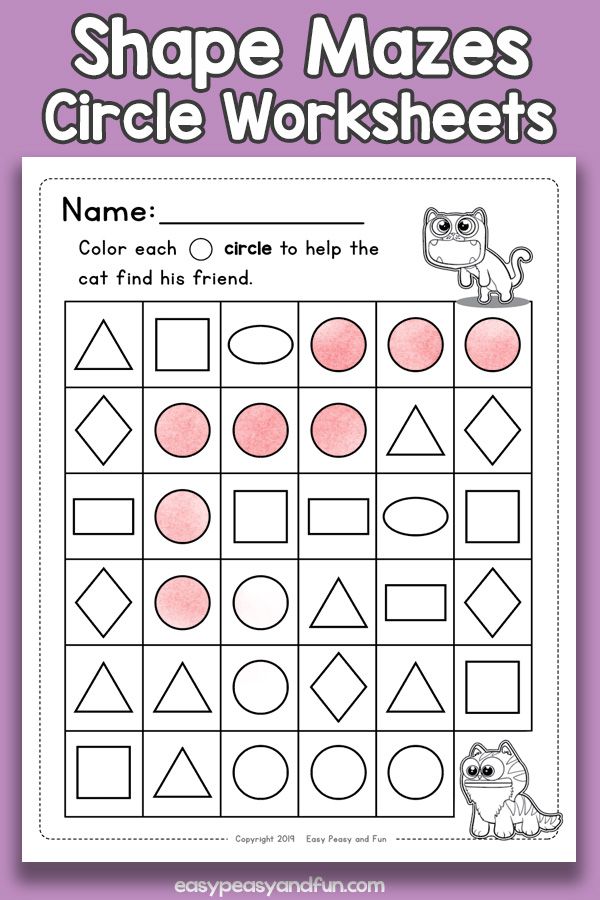
In children with developmental disorders, most mental functions are formed with a delay, including communication skills. The development of communication in a child with any deviations may be qualitatively different from his development in the norm. It is often difficult for a "special" child to establish emotional contact even with relatives, and even more so with other children and adults. The skills of interaction and communication, which a child normally masters on his own, can be formed in a “special” child only as a result of special work. The lack of communication skills, as well as the lack of self-regulation mechanisms, make it difficult for such a child to integrate into children's groups.
Usually work with such a child begins with individual lessons, and the first experience of attending group lessons is often a CIRCLE - a rhythmically organized, short in time and emotionally rich lesson. It is interesting and accessible to children who are just starting to attend the group.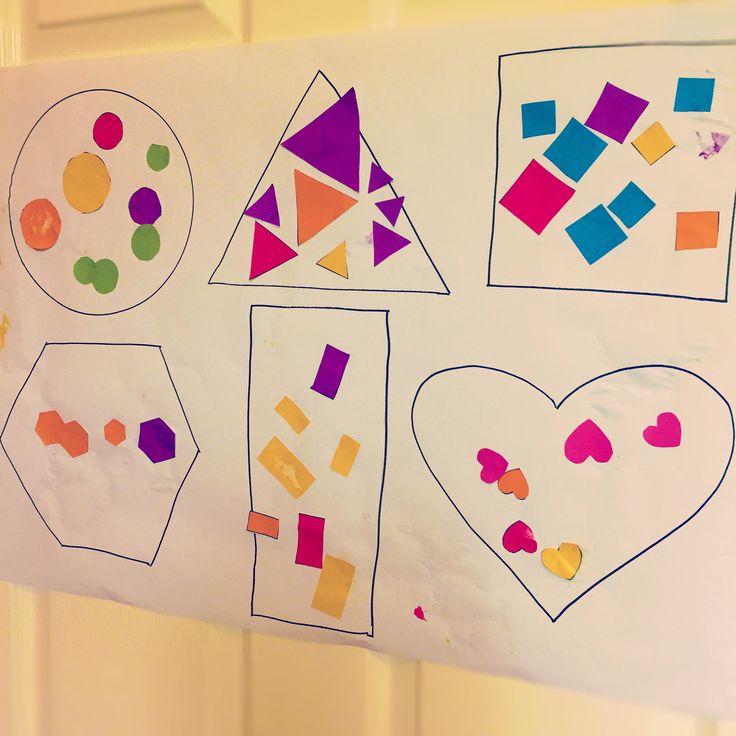 For those who have already adapted to the group, the CIRCLE is the traditional start of the group day. This activity creates a positive emotional background in the group, increases the activity in the interaction between children and helps them tune in to group activities.
For those who have already adapted to the group, the CIRCLE is the traditional start of the group day. This activity creates a positive emotional background in the group, increases the activity in the interaction between children and helps them tune in to group activities.
This publication will help educators and parents organize a CIRCLE.
CIRCLE is the traditional beginning of a group day for children who are already accustomed to group activities and attend it regularly. This activity allows children to see and greet each other, raises the emotional background in the group, gives emotional nourishment to each child. Taking turns or together in games, touching each other, children are better aware of their involvement in the team, they are more tuned in to contact. The CIRCLE immediately organizes the children who come to class as a group and helps them tune in to subsequent classes and games.
The CIRCLE lesson is a rhythmically organized, short-term lesson, emotionally and sensory filled with games, aimed at stimulating the child's active participation in a common game, at developing his communication capabilities, emotional sphere and self-regulation capabilities.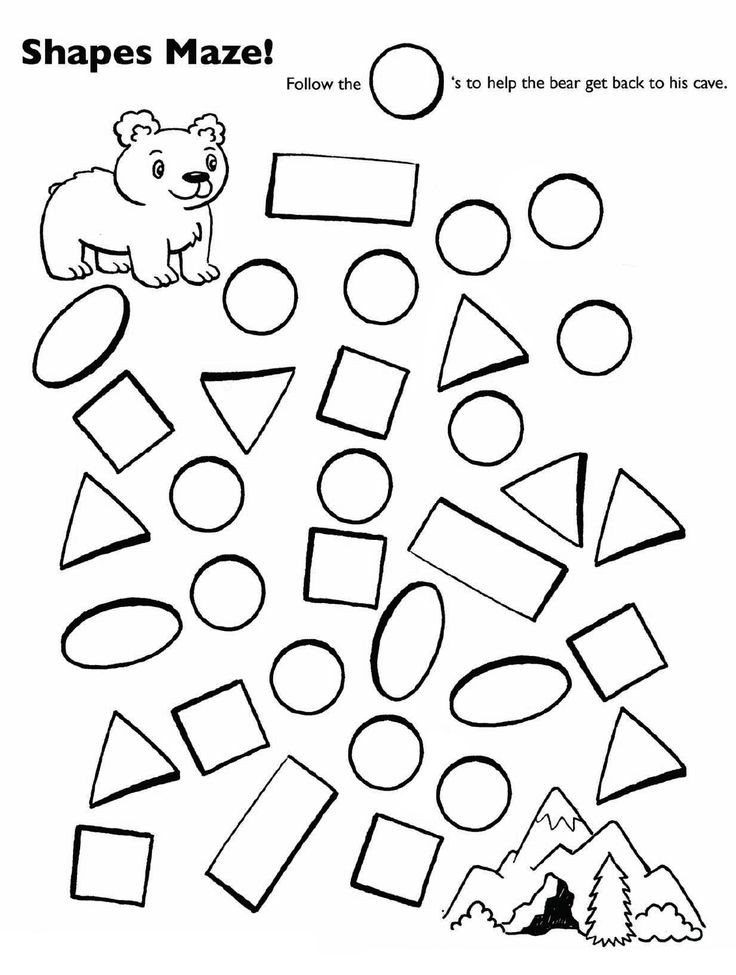
Rhythmic games
Rhythmic games are the main content of the CIRCLE. Their goal is the emotional unity of children and adults, infection with emotions.
Rhythm plays an important role in the organization of a child's behavior. Our whole life is organized rhythmically: the change of seasons, day and night, the events that make up our ordinary day - they all replace each other in a certain sequence and come at about the same time. It looks like a CIRCLE lesson is arranged: the games follow one after another, the child quickly learns their sequence, begins to wait for the most favorite game, knows when the lesson will end.
We also deal with rhythm when we read poetry, sing songs, listen to music. The external rhythm set by the teacher helps the child organize his own activity: it is easier for many to clap their hands or shake their heads in the rhythm of a sounding poem or song. If the child's movement is subject to an external rhythm, it is easier for him to change it in the course of the exercise: stop when the teacher reading the poem is silent, increase the pace or change the movement itself.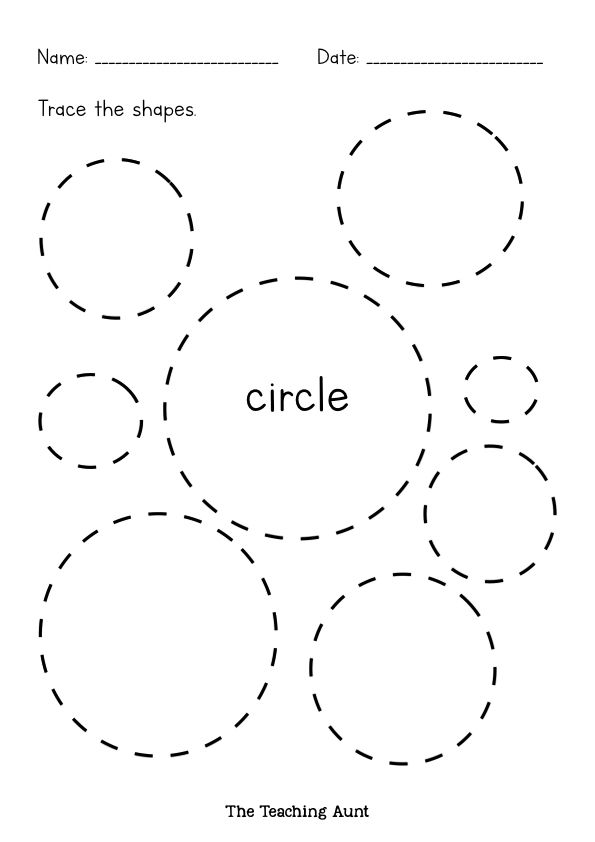 In conditions of rhythmically organized action, we do not give the child instructions, but create an environment in which he himself will join the game and will perform certain repetitive movements.
In conditions of rhythmically organized action, we do not give the child instructions, but create an environment in which he himself will join the game and will perform certain repetitive movements.
Thus, rhythm, as one of the obligatory characteristics of games in the CIRCLE lesson, performs both a stimulating and regulatory function, activating the child, encouraging him to take part in the games offered to him, and also helping to organize his activity, correlate it with the actions of other participants in the lesson.
Adults recite nursery rhymes, accompanying them with simple actions (rocking, tilting, clapping, etc.) and involving children in these movements.
Examples of games used in the CIRCLE lesson in our preschool.
Goo-goo-goo go
A rhythmic game that trains switching from one action to another and attention.
Guli-guli-guli-gop
Sat on Masha's forehead.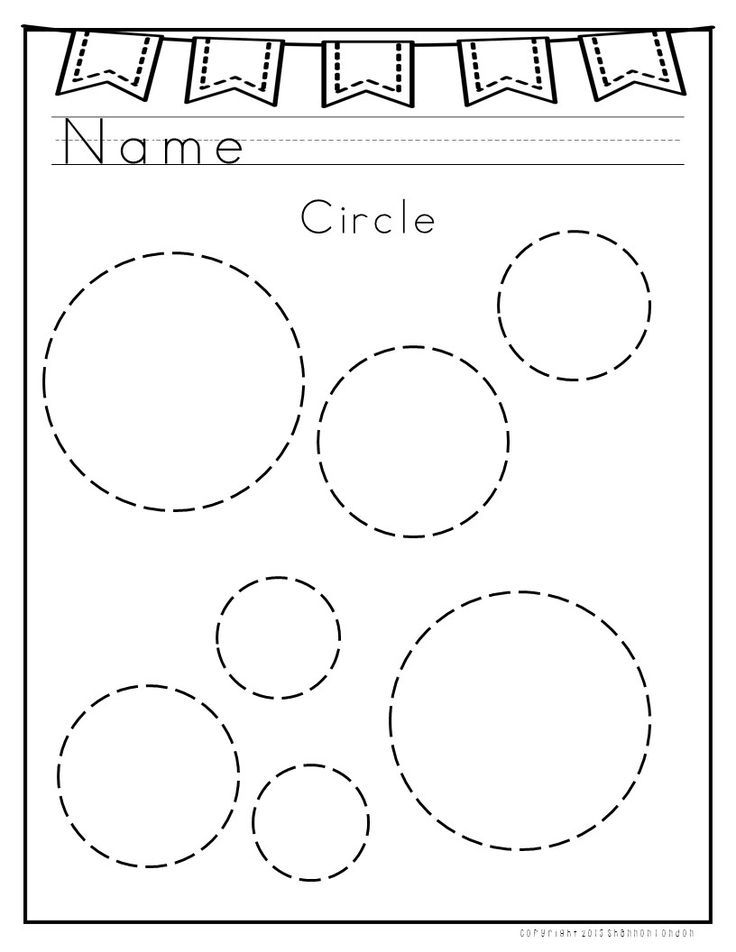
Wings clap-clap.
Guli-guli-guli-gop.
Participants recite a poem and show where the forehead is and how they flap their wings, under the appropriate words. The first and last line - clap your hands and knees alternately.
Harrier swims
Rhythmic imitation game, allows you to train switching and changing tempo.
The harrier is swimming,
The harrier is swimming!
Jackdaws are flying,
Jackdaws are flying!
Participants recite a poem and accompany it with movements. “The harrier is swimming” is shown with slow movements, and “jackdaws are flying” with fast ones.
I'm sitting, I'm sitting on a stone
Interaction game with sensory and rhythmic components. Allows you to develop emotional contact and ways of expressing emotions.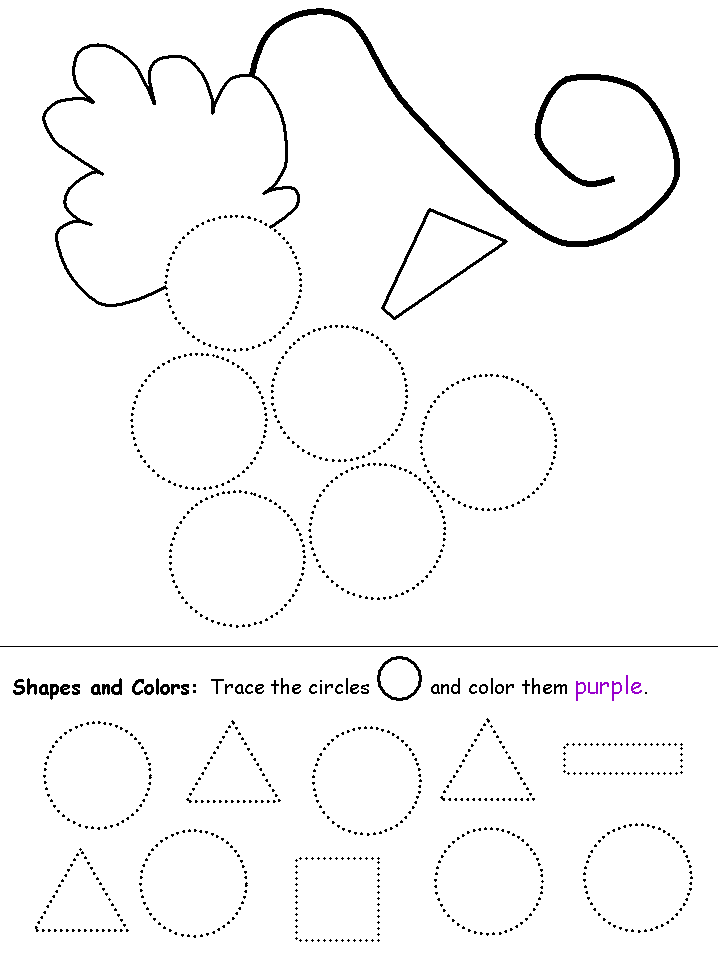 Reveals preferences among the children in the group.
Reveals preferences among the children in the group.
I am sitting, I am sitting on a rock,
I am sitting on fuel.
Who loves me dearly?
And who will be sorry?
Who will succeed me?
The child-leader sits in the center of the circle on a chair, a handkerchief is put on his shoulders or on his head. Everyone sings a sad folk song. The one who stroked the driver at the end of the song sits in his place.
Option : all participants take pity and stroke the person in the middle. After that, he chooses the next driver.
So we stamp our feet...
Rhythmic game. Facilitates the formation of self-image, promotes the development of speech.
This is how we stomp our feet,
we are our feet, we are our feet,
This is how we stomp our feet
On a sunny spring day.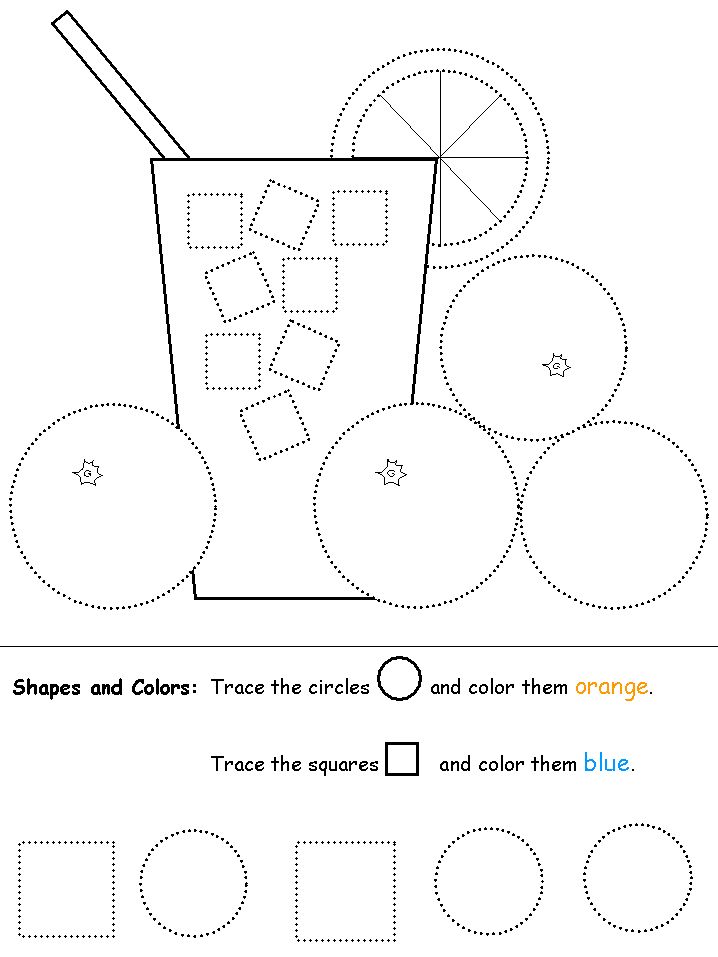
So we clap our hands,
we clap our hands, we clap our hands,
So we clap our hands
On a sunny spring day,
etc. they say. You can imitate the actions that the child does in the morning (“So we wash our face”, “So we comb our hair”, etc.). If possible, we invite the children to come up with what else they want to show. At other times of the year and in other weather, the last line is changed (for example, "cloudy autumn day", etc.).
We continue to use rhythm games and nursery rhymes, playing with children in a circle. The games presented below are aimed at the social, communicative and emotional development of our kids.
It's raining
Rhythmic imitation game.
It's raining,
And we're running -
We're in a hurry to hide in the house.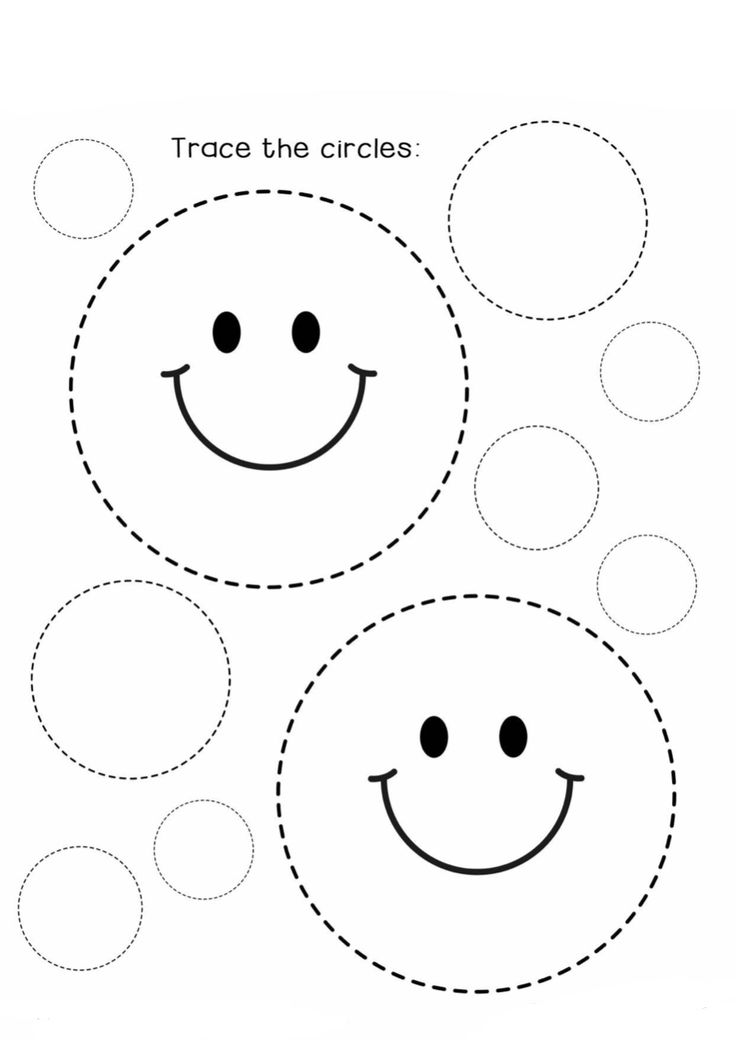
It will rain on the window -
We won't let it in anyway.
Participants recite a poem and perform the corresponding movements: clap their hands, stomp their feet, make a “roof” by joining their hands above their heads, tap their knees with their index fingers, shake their heads.
Wind is blowing
Rhythmic sensory game. Allows you to develop the tactile sphere, auditory attention, perception. Helps in the development of emotional contact.
The wind walks on the sea,
The wind blows the sail,
The sail / Vasya / covers.
Participants take hold of the edges of the handkerchief. Raise and lower it in the rhythm of the poem. A scarf is thrown in turn on each of the children with the words “One, two, three - fly!” The children “seek” the hidden thing by removing the scarf from it.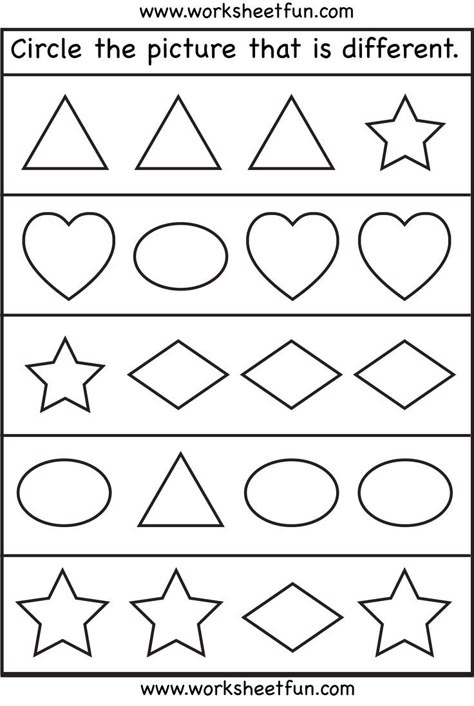
The cat inflated the balloon
Rhythmic fun game that allows you to train attention and coordination of movements.
The cat was inflating the balloon,
But the kitten was disturbing her.
Came up with a top leg,
And the cat has a ball: “Hop!”
Participants hold hands and, raising them up, show which balloon the cat inflated. Under the words of the second and third lines they stomp their feet, at the word “clap” they clap their hands.
Right and left
Rhythmic game of imitation and mastery of the body scheme.
Right and left drive trains.
Right and left build cities.
Right and left can sew and darn.
Right and left can clap loudly.
Night stands over the city,
Hands are so tired,
Right and left are sleeping on a blanket.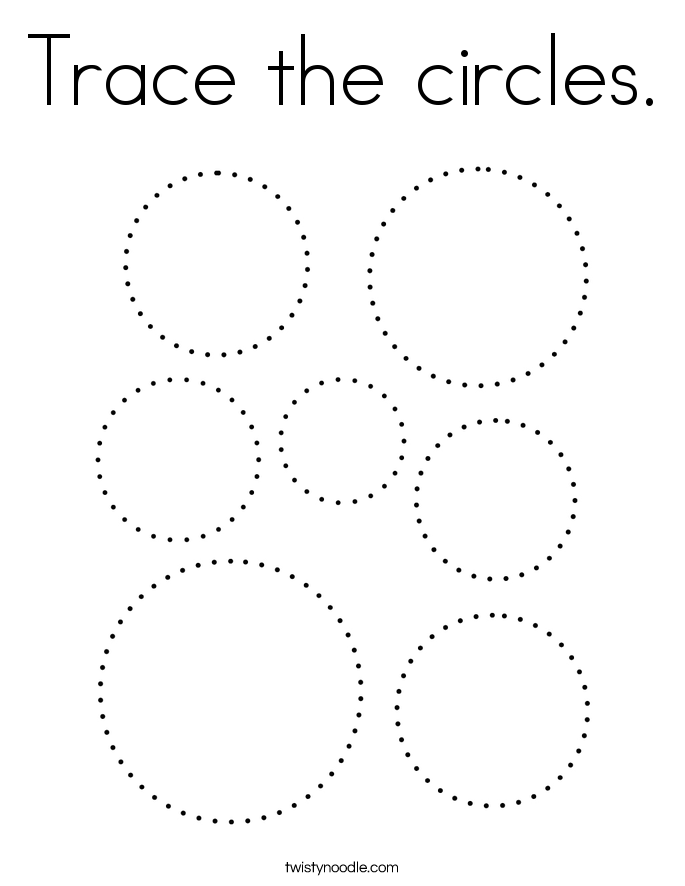
When reciting a poem, the participants accompany it with appropriate movements: they show alternately the right and left hands and imitate the actions that are being spoken about.
Ta-ta - two cats
Rhythmic game that contributes to the formation of the body scheme.
Ta-ta - two cats.
Two orange tails,
One cat in a glass,
Whole belly in sour cream.
Participants recite a poem and simultaneously clap their hands or knees. On the last line they stroke (shake off) the stomach. The game is repeated for other parts of the body.
Turtle
Rhythmic game aimed at developing the sensory sphere and enriching the sensory experience. Helps the development of auditory attention, the formation of a body scheme.
A big turtle was walking
And biting everyone out of fear.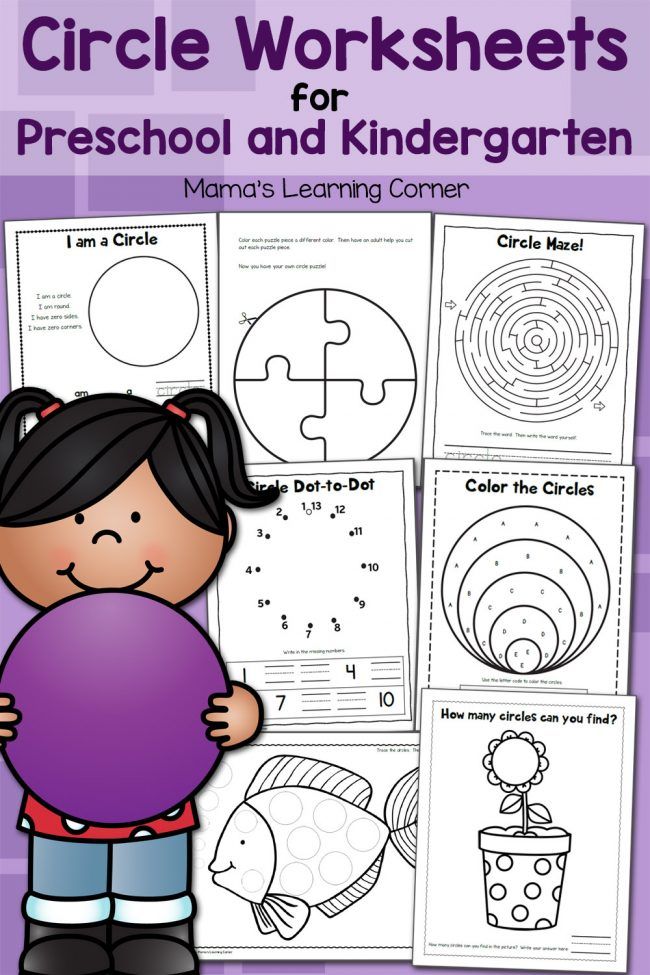
Over the shoulders (legs / sides / back...).
Kus-kus-kus-kus -
I'm not afraid of anyone!
Participants recite a poem and at the same time tap their hands on their knees or on the floor. When the facilitator names the part of the body that the turtle “bites” (for example, legs), everyone hides their legs from the turtle. With the words "Bite-bite-bite-bite - I'm not afraid of anyone!" the host and other adults pinch the legs of those children who did not hide them, drawing attention to the corresponding part of the body, waiting for an emotional reaction. The game is repeated, and the driver names other parts of the body.
Humpty Dumpty
Rhythmic game with a sensory component (tactile impact). Promotes the stimulation of speech, the development of motor coordination.
Humpty Dumpty sat on the wall,
Humpty Dumpty fell down in his sleep.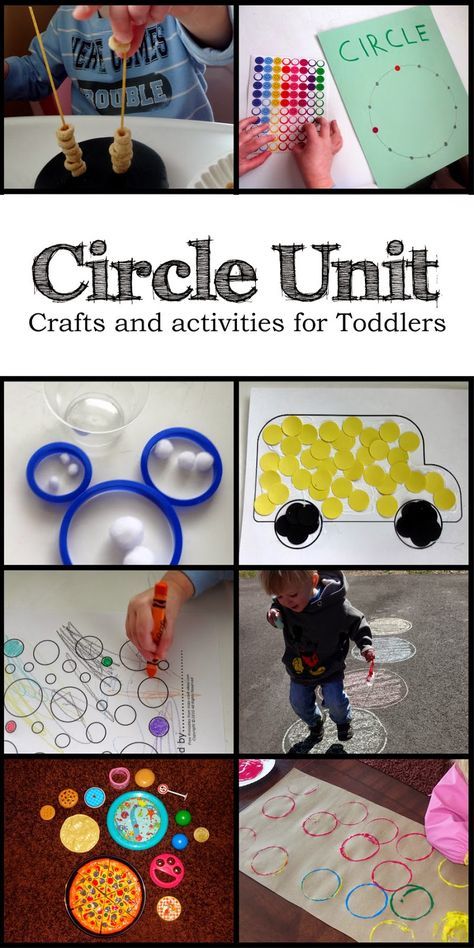
All the king's cavalry
And all the king's men
All participants in the CIRCLE sit tighter (usually make a smaller circle for this), join hands and recite the poem “Humpty Dumpty”, swaying from side to side and pushing the neighbors with their shoulders or elbows. With the words “fell down in a dream”, they lean forward, and with the word “collect”, they first raise their hands up, and then bend over again.
Option : if the participants sit on the floor on pillows, then at the end of the poem you can “fall” back.
"Morning circle" - as a form of organization of the morning period of time for preschool children. | Presentation:
Slide 1
"Morning Circle" - as a form of organizing the morning period of time for preschool children Fefilova Lidia Borisovna, teacher of MBDOU No. 62 "Rodnichok", Severodvinsk
Slide 2
The morning circle is the beginning of the day, when children get together to enjoy the upcoming day, share their impressions, find out news or suggest what will be interesting today, discuss joint plans, problems, agree on rules.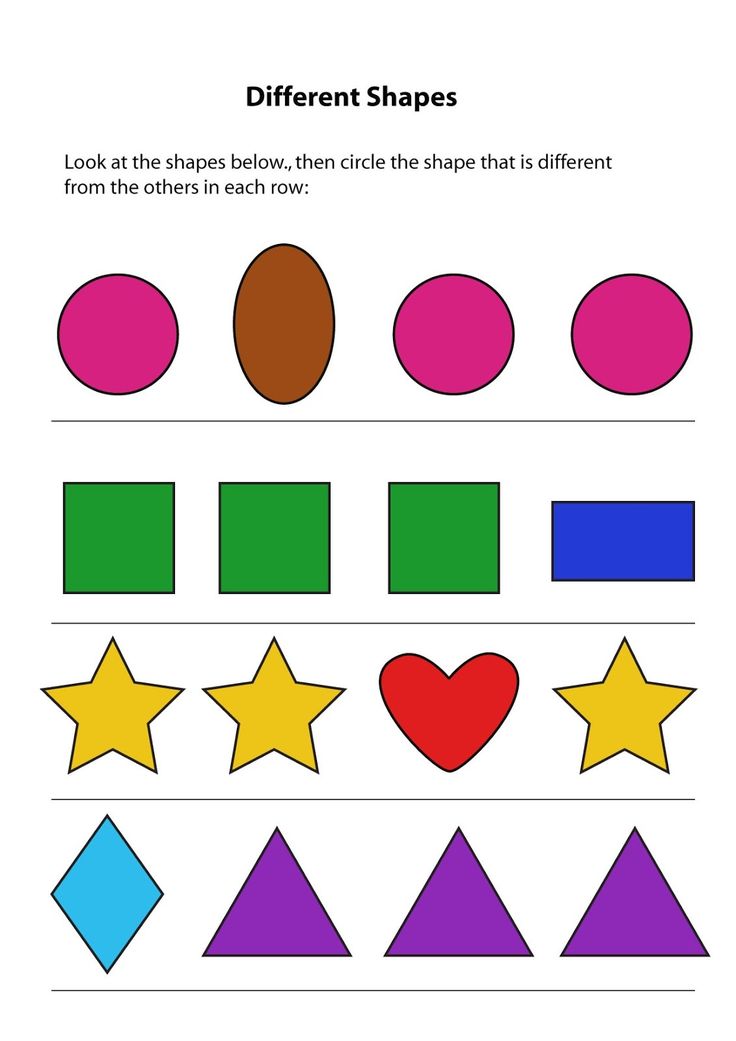 It is on the “morning circle” that a new adventure (educational event) is born and discussed, children agree on joint rules for the group (rule-setting), “world” and “scientific” problems are discussed (developing dialogue). It is recommended to organize before breakfast with all the children present in the group. The discussion at the younger preschool age takes from 5 to 20 minutes, at the senior preschool age from 10 to 20 minutes.
It is on the “morning circle” that a new adventure (educational event) is born and discussed, children agree on joint rules for the group (rule-setting), “world” and “scientific” problems are discussed (developing dialogue). It is recommended to organize before breakfast with all the children present in the group. The discussion at the younger preschool age takes from 5 to 20 minutes, at the senior preschool age from 10 to 20 minutes.
Slide 3
The purpose of the morning circle is to organize free speech communication between children and adults, to establish emotional contact. Tasks of the morning circle: creating conditions and shaping children's motivation for interaction and communication; formation of one's image through playful interaction with children and adults; stimulation of one's own gaming, communicative, speech activity; development of arbitrary regulation of behavior; development of the cognitive sphere: visual and auditory attention, perception, memory, etc.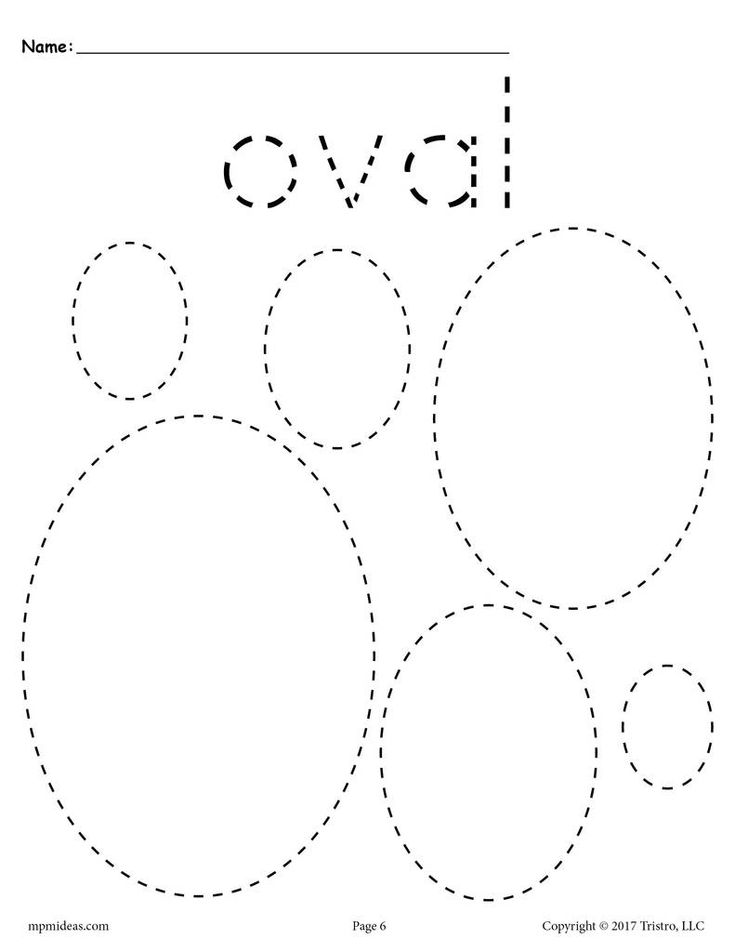 ; formation of ideas about the world around.
; formation of ideas about the world around.
Slide 4
Structure of the Morning Circle Greeting or "Entering the Day Minute" "News of the Day": exchange of information. Breathing and finger exercises. Game on the theme of the period. Planning or to-do calendar.
Slide 5
Tasks of the teacher Planning: organize children to discuss plans for the implementation of joint activities (projects, events, events, etc. Informing: tell children news that may be interesting and / or useful for them (new toys have appeared, who has - a birthday, etc.) Problematic situation: propose for discussion a “problem situation” that is interesting for children, in accordance with the educational objectives of the Program (perhaps later the “problem situation” will develop into a project, an educational event, etc. ) Developmental dialogue: conduct a discussion in the format of a developmental dialogue, i.e. direct the discussion in non-directive ways, try to ask open-ended questions (i.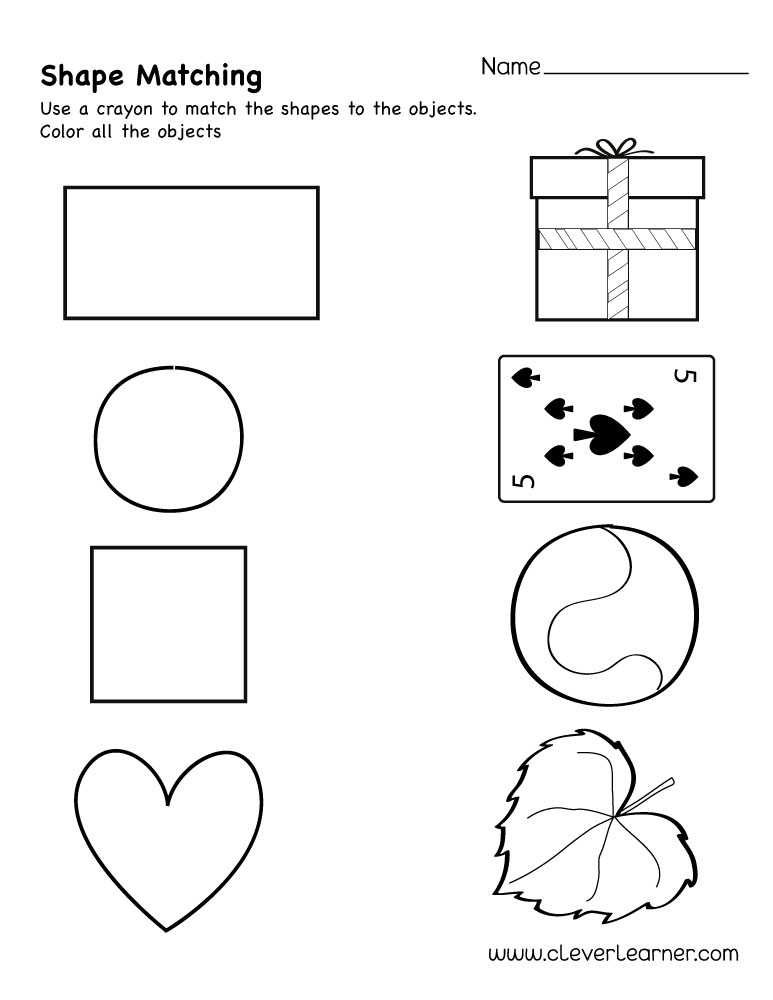 e. questions that cannot be answered unequivocally), do not give direct explanations and ready-made answers, but bring children to so that they reason and “themselves” come to the correct answer.0003
e. questions that cannot be answered unequivocally), do not give direct explanations and ready-made answers, but bring children to so that they reason and “themselves” come to the correct answer.0003
Slide 6
Children's community: teach children to be attentive to each other, maintain an atmosphere of friendliness, create a positive emotional mood. Communication skills: to teach children the culture of dialogue (speak in turn, do not interrupt, listen to each other, speak to the point, respect other people's opinions, etc.). Equality and initiative: support children's initiative, while creating equal opportunities for self-realization for all children (both quiet and brisk, and leaders, and modest, etc.).
Slide 7
Expected educational result Communication development: development of communication skills, the ability to interact with peers in a friendly manner, readiness for joint activities, the ability to conduct a dialogue (listen to the interlocutor, reasonably express your opinion).